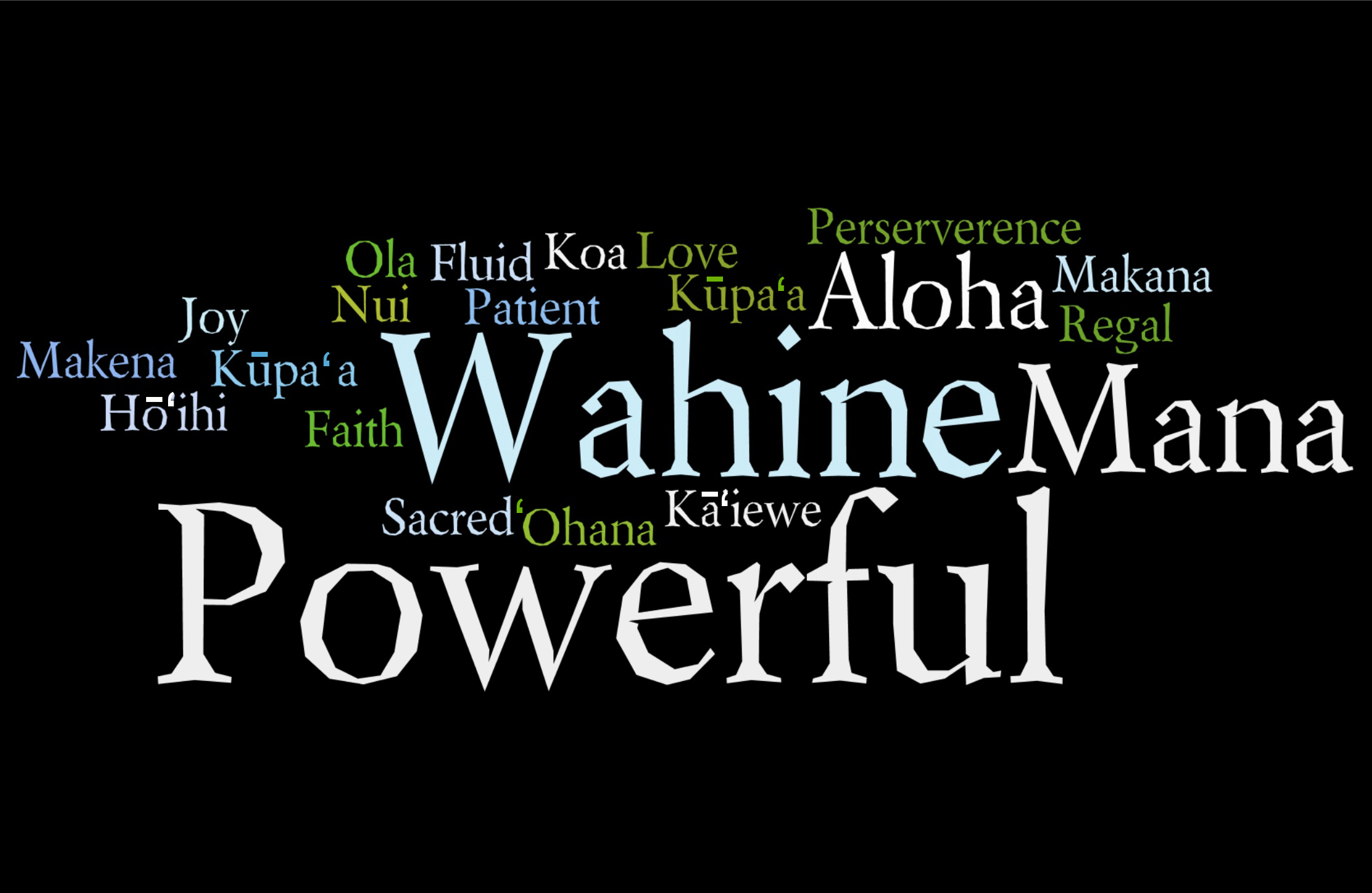KAʻAHUMANU
A collaborative approach to honoring one of the most pivotal Aliʻi of Hawaiʻi
Final Mosaic Mural
SUMMARY
As a means to honor Kaʻahumanu, one of Hawaiʻi's most provocative Aliʻi (chiefs), the Hana Chapter of Ahahui o Kaʻahumanu, a society dedicated to perpetuating her memory, commissioned a Mosaic Mural to be created on her behalf and timed to mark the anniversary of her birth, which falls on the 17th of March,
Ultimately, the artwork is meant to amplify her legacy and inspire the next generation to take on significant works in support of the Native Hawaiian community, and to achieve the following goals:
- To bring beauty and art into the celebration of Kaʻahumanu’s life and to highlight the Hana as her birthplace
- To create a sense of personal responsibility, or kuleana, for carrying on the many great works of Hawaiʻi’s Aliʻi class overall
- To create a visual story of Kaʻahumanu’s life and legacy and to highlight the people and places that deeply influenced her
PROCESS
The beginnings of the mural outline starting with the face of a young Kaʻahumanu.
The image was drawn onto a master 24" x 36" sheet, which was then cut into smaller tiles. The intent was for each workshop participant to have their own tile to color and to do so while concentrating on the legacy of Kaʻahumanu and what it can do for the next generation.
The 30 or so participants, all women, were provided with an overview of how the collaborateive art experience would be conducted and given their tile. They sat around a table and colored while they talked and shared the stories of their lives along with ideas about how to make the approaching celebration more meaningful.
The master outline before being cut into tiles.
None of the women knew what the final images would be; they worked, trusting that each persons efforts would come together to set the foundation for the work that would merge everyone's contribution.
At the start of the workshop participants were asked to begin producing their square by doing the following:
- Signing the name
- Writing a word that for them described Kaʻahumanu's legacy
The complimentary collaborative art process objectives were as follows:
- To bring beauty and art into conservation.
- To create a visual representation of a code of conduct.
- To bring participants into a more creative mind set so as to enrich the engagement and outcomes.
- To create a deeper sense of "personal accountability" for the contributions made during the workshop.
- To offer a more cultural based approach to enhance the workshop process and means of communicating outcomes.
SYMBOLISM
The individual tiles.
As Kaʻahumanu was born in a cave in Hana during a tumultuous time in Hawaiʻi’s history, the central element of the mural is the circle of darkness, representing the cave as well as Pō or the place, from which all life springs and returns to after death. The large ʻumeke or calabash holding the light represents Kaʻahumanu with her mana or light emerging from within the protection of the cave. Surrounding the ʻumeke is an ʻahu manu or ʻahu ʻula, a feather cape that represents both the status of an Aliʻi as well as the sun and the dawning of a new day, which is what Kaʻahumanu helped to usher in.
The ladies of Hana coloring their tiles.
Piercing as well as supporting the ʻumeke is the merging of a paddle and ihe or spear. This pairing represents Kamehameha I, for whom Kaʻahumanu was his most favored wife. The spear and paddle also symbolize the many wars that took place in this era to unify the Hawaiian Kingdom and were the backdrop for a time of great change for the Hawaiian people––as their long held values, practices and traditions were being challenged by external forces and the rise of a colonized Pacific.
The mural reassembled after the group coloring session but before any further artistic overlay to combine the participants' contributions.
A young Kaʻahumanu appears in the upper left corner with lightning breaking across her face. As she was an electrifying force, it represents her personality as well as that of Kahekili, another pivotal figure in history who was tied to her and Kamehameha I. Below her portrait is kalo, which embodies the generations that have descended from her as well as the Hawaiian people. The moi fish, prized by Aliʻi, follow and underscore the tie between the people and the land and the role of the Aliʻi to sustain the people and ensure abundance.
On the right side running top to bottom are the amazing cliffs of Hāna and the coastline where she was born. These cliffs are similar to those found across the Hawaiian archipelago and symbolize the kuleana of all Aliʻi to maintain a steadfast commitment to support and protect the lāhui or Hawaiian nation––its people, culture and values.
RESULTS
The Kaʻahumanu Mosaic Mural was revealed at her birthday celebration in Hana on 17 March 2018. The image has been scanned and will be shared as appropriate with other groups and communities that are connected to the Queen's legacy. The words chosen by participants also clearly showcase her powerful affect even on the living in contemporary Hawaiʻi. The Ahahui O Kaʻahumanu will likely utilize various sections of the mural and make cards, posters and other collateral to not only support the organization but to extend the impact horizon the unveiling.
Word Cloud visual of participantsʻ chosen terms.








